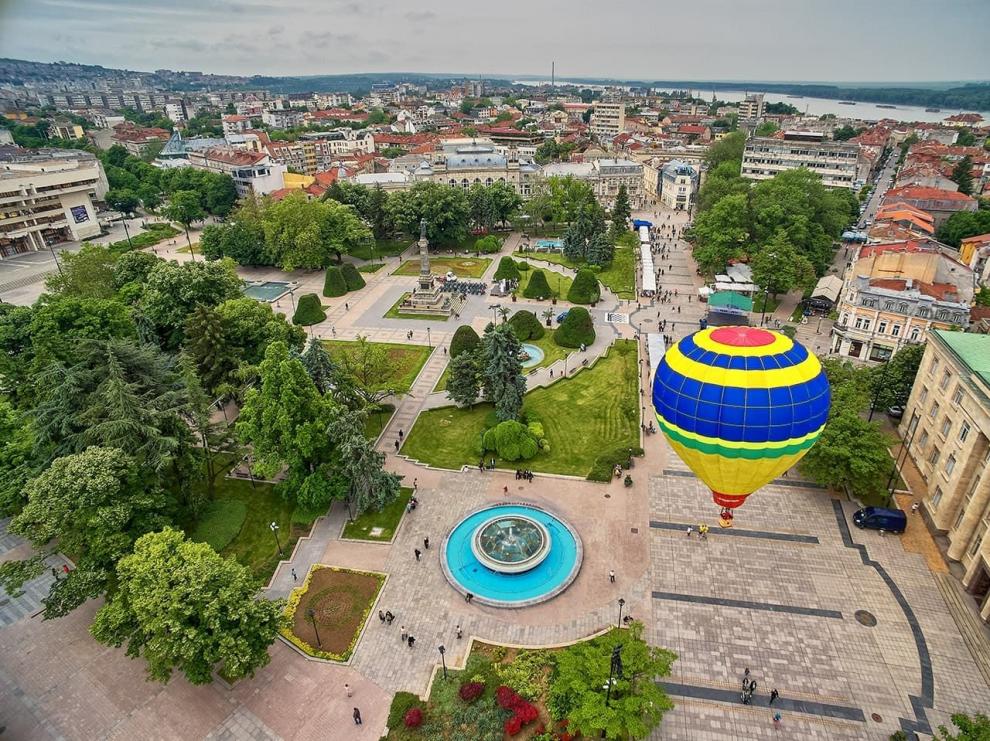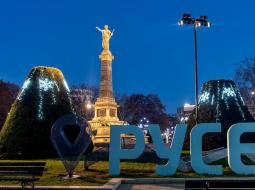Thessaloniki gets ready for its metro launch in November
The underground rapid transit lines have been under construction for almost two decades due to various project delays
 TheMayor.EU logo
TheMayor.EU logo 
Some 23 centuries ago, an antique port of the ancient Thracians marked the beginning of what would later become the modern city of Ruse. At the end of the 1st century, the Roman fortress of Sexaginta Prista ("Port of 60 ships") became part of the Roman Danube Limes - the northern border of the empire. Today, the ruins of Sexaginta Prista are an outdoor exhibition.
During the Middle Ages the town existed as a settlement together with the present-day Romanian town of Giurgiu. Since the beginning of the 17th century Ruse has been developing as a trade center, its port is especially important for trade between Central Europe and the Balkans. Evidence of this is that the city is marked in all maps of this period.
In the 60s of the 19th century the city became the capital of the Danube province in the Ottoman Empire, with a territory as large as that of modern-day Bulgaria. The first industrial enterprises, including a railway line, were built during that time.
In the second half of the 19th century, the city was home to 11 European diplomatic missions. The influences of modern Europe become tangible, and this changed the daily life of its inhabitants.
The history of Ruse is connected with the names of the national heroes from the epoch of the Bulgarian Revival. A large number of Bulgaria’s leading politicians came from Ruse, ranking the city among the most important cultural and historical centers in the country.
Ruse welcomes its guests with a rich architectural heritage - the fruit of the enterprising and European spirit of Ruse, attracted prominent European architects and builders in the late 19th and early 20th century to build the urban architectural environment. Dozens of cultural monuments today bear the European Cultural Heritage label.
In the 50s of the 20th century, the largest and until recently the only bridge along the Bulgarian Danube was built, which opened new opportunities for the development of the city.
Ruse is the largest Bulgarian city on the Danube River. It is the most important transport, logistics, economic and cultural center for Northern Bulgaria.
The city is located 300 km from Sofia and 70 km from Bucharest. The population is over 160,000 inhabitants.
Ruse is a large Bulgarian industrial center. One of the first industrial parks in Bulgaria is developing in the city. Tenants in this park are the French manufacturer of aluminum components for cars "Montupe", the Spanish "Keros" - a manufacturer of granite and faience, the German "Vite Automotive" - a manufacturer of locking systems for the automotive industry, the Italian company "MBM Metalwork" and others. The Ruse Logistics Park is also located here. There is also a Business Park in the city.
In Ruse one can also find the largest Duty Free Zone on the territory of Bulgaria. Its area is 370,235 m2.
The modern economy of the city is dominated by light industry - clothing, textiles and food. Trade in the city is also highly developed, with the country's typical shopping centers and branches of all national retail chains.

Ruse is one of the cities in Bulgaria that attracts both with its magnificent architecture and its rich historical past. Ruse is often called "Little Vienna", because of the numerous buildings designated as cultural monuments, in whose architecture the styles of neo-baroque, modern, neoclassicism and secession are represented. Symbols of the city are the Revenue Building and the Freedom Monument.
6, Svoboda Square,
7000 Ruse